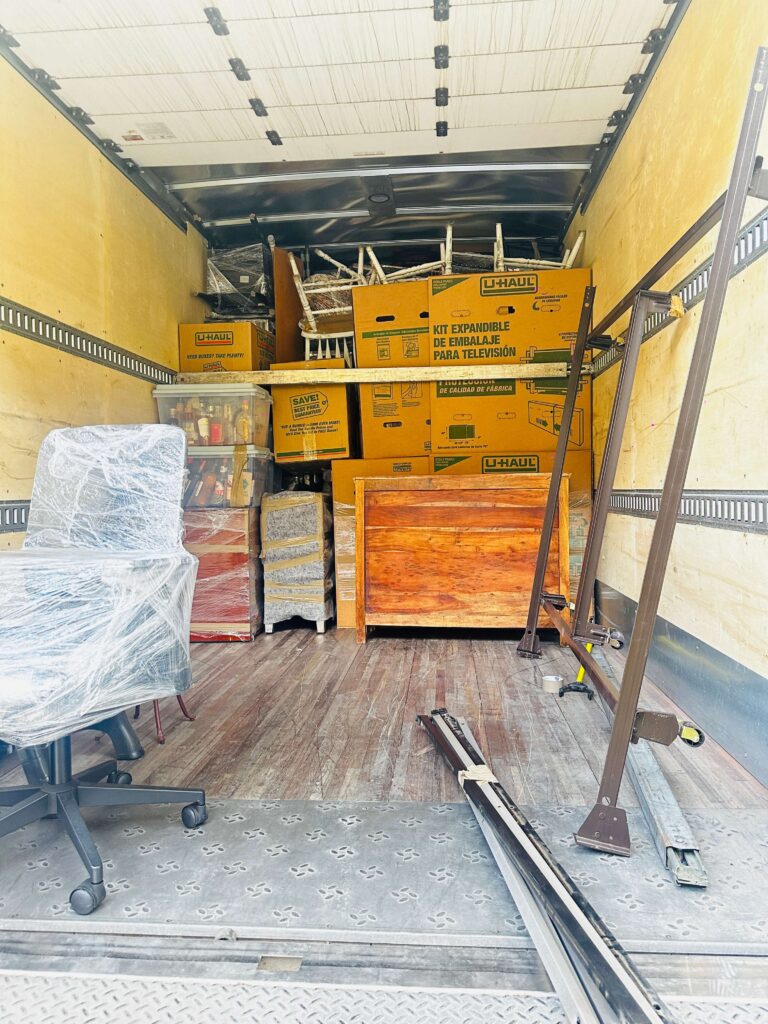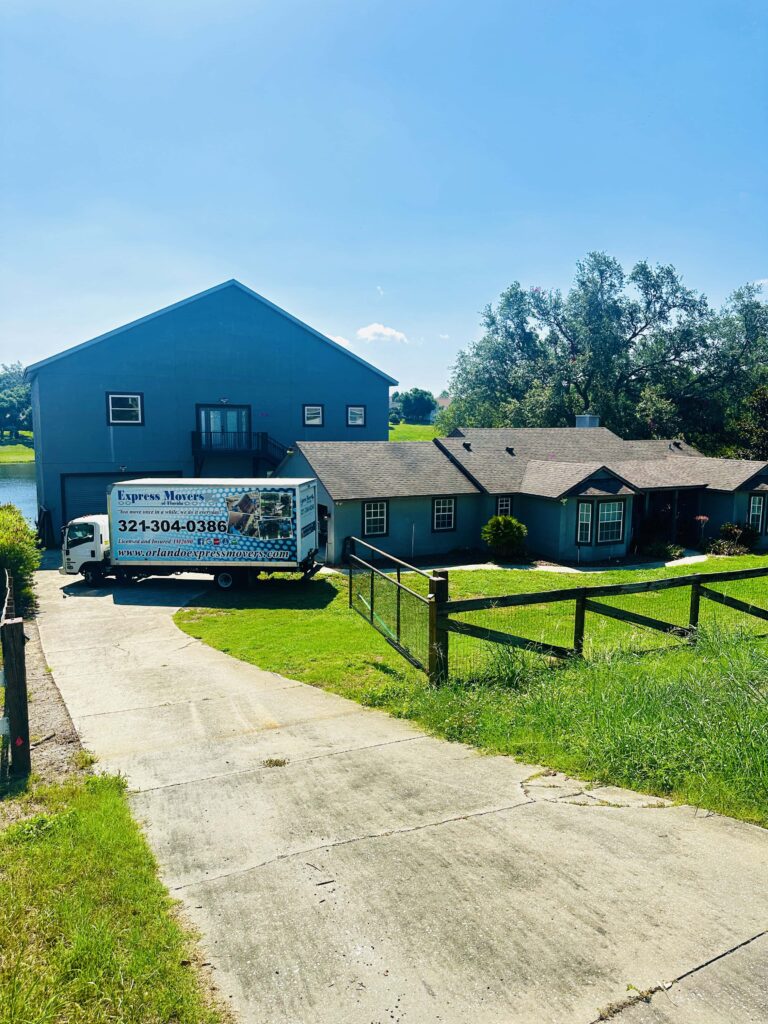Let’s face it: moving is already a logistical circus. Add a thunderstorm, heatwave, or blizzard into the mix—and suddenly, you’re not just trying to get from point A to point B, you’re trying to survive Mother Nature’s plot twist.
In 2025, extreme weather events are more frequent, more intense, and less predictable. Whether you’re facing summer heat, unexpected floods, wildfires, or winter storms, knowing how to navigate a move safely in any condition is essential.
Here’s how to plan, pack, and pivot when weather throws your move a curveball.
1. Know What You’re Up Against
Before you pack a single box, take a look at your regional weather patterns and the time of year:
• Summer: heatwaves, wildfires, hurricanes
• Fall: unpredictable storms, early snow in some regions
• Winter: snow, ice, blizzards, high winds
• Spring: flooding, tornadoes, fluctuating temps
In 2025, AI-driven weather forecasting apps (like ClimeGuard AI or StormSafe Planner) offer hyper-local updates weeks in advance, so you can pick your moving date more strategically than ever.

2. Plan for Flexibility
When the forecast looks unstable, flexibility is your best friend. Many moving companies now offer weather contingency plans, including:
• Free rescheduling due to dangerous conditions
• On-demand labor for loading/unloading around sudden delays
• Protective packing upgrades for moisture or heat
Pro tip: Confirm these policies before you book. The best moving companies in 2025 understand that safety comes first and will help you adapt.
3. Pack Smart for the Weather
Moving in the rain or heat isn’t just uncomfortable—it can damage your belongings if you’re not careful.
For Rain or Flooding:
• Use plastic bins instead of cardboard for important items
• Wrap soft items in waterproof bags
• Keep electronics and valuables in sealed containers
• Use towels or padding on furniture legs to prevent water absorption
For Heat:
• Avoid packing candles, perishables, or electronics in non-climate-controlled trucks
• Load sensitive items (like computers or instruments) last, so they’re inside shortest
• Transport pets and plants in air-conditioned vehicles only
For Snow and Ice:
• Shovel walkways in advance and use salt to avoid slips
• Use blankets and shrink wrap for furniture
• Insulate boxes with fragile items against temperature shock.
4. Reroute and Recheck
Extreme weather can mess with your route—especially if you’re moving long-distance. Flooded roads, closed highways, and wildfire evacuations can all appear with little warning.
Moving trucks in 2025 often use AI-powered routing software that factors in:
• Real-time traffic
• Road closures
• Natural disaster alerts
• Fuel-efficient reroutes
If you’re DIY moving, plug your route into an app like Waze + Disaster Mode or MovePath Navigator to avoid surprises.
5. Prep the New Place for Safe Arrival
Arriving at your new home in the middle of a snowstorm or heatwave isn’t ideal—but there are ways to prep ahead.
Before move-in day:
• Ensure utilities are turned on (especially electricity and AC/heating)
• Stock up on essentials in case stores are closed due to storms
• Schedule pest control if recent flooding occurred
• If moving during hurricane season, make sure your new home has an emergency supply kit
If your new area is prone to natural disasters, now’s a good time to invest in home insurance upgrades that include flood or wildfire coverage.
6. Keep Everyone Safe on Moving Day
Whether you’re working with pros or doing it yourself, moving in extreme weather requires extra caution:
• Provide hydration and shade for movers during heat
• Keep walkways dry and clear of debris
• Use anti-slip mats or cardboard sheets for snowy/icy conditions
• Encourage frequent breaks and dress appropriately
• Communicate with your moving crew: if conditions worsen, don’t risk it.
In 2025, many movers are equipped with wearable sensors that monitor for signs of heatstroke or overexertion—if you’re hiring professionals, make sure they prioritize worker safety.
7. Have a Backup Plan (Just in Case)
Sometimes, despite your best planning, Mother Nature wins. That’s why you should always have a Plan B:
• Book flexible hotel stays in case you can’t move in that day
• Keep a go-bag with clothes, chargers, toiletries, pet supplies
• Store sensitive items in a short-term climate-controlled unit if needed
• Have contact numbers for alternate moving crews or local helpers
And don’t forget—some of the best moves happen one day later than planned. It’s better to wait than risk damage, injury, or unnecessary stress.
Extreme weather is part of life in 2025. But with today’s technology, better forecasts, smarter packing materials, and weather-aware moving companies, you don’t have to let it derail your big day.
Whether it’s 90 degrees or snowing sideways, the key to a successful move is preparation, communication, and flexibility. And if all else fails, there’s always coffee, snacks, and a dry pair of socks waiting at the end.

